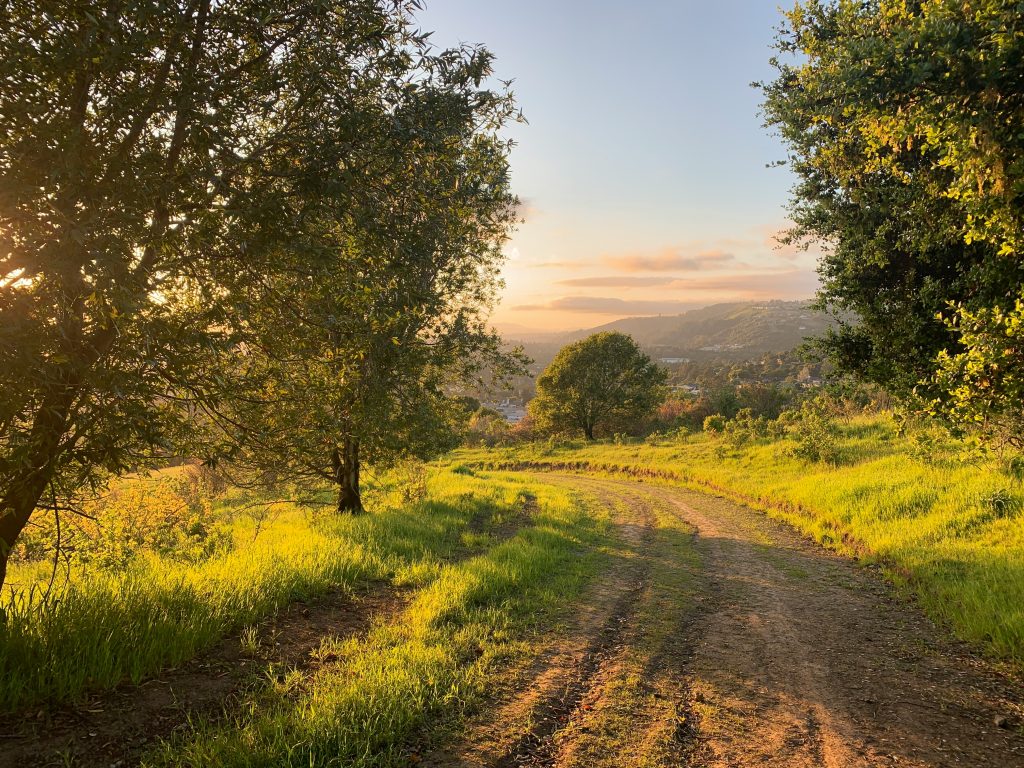People often think only of correctly identifying a plant to learn wild foraging. You don’t always need a detailed knowledge of botany, at least when you’re starting out with easier species. However, when you go to eat what you identify, you may need to know a little more about plant parts.
The main reason I encourage those learning foraging to study plant parts is because it will give you a more intuitive and strategic way to look at the plants around you and see if they may be edible.
It changes how you view your surroundings. Seeing a mass of individual species you have to get to know conceptually through a book before you encounter them in reality is daunting. Realizing what sorts of structures to seek out for food at the given time of year narrows down which plants in the area you are looking in have the possibility of offering edible parts.
From there, you can go to your guidebooks and look for confirmation instead of starting with the book. Having more than one strategy for finding and identifying good plants to eat can go a long way in making you more successful at foraging faster. You will be better prepared before disaster strikes and more adaptable afterwards.
Basic Botany
There are a lot of glossaries in ID books that cover thoroughly basic botany, so I’m going to take a slightly different approach than listing them. I’m going to cover the edible parts by season.
Seasons are an integral factor because of the cycle of where a plant’s energy goes. Each type of plant has a variation, but the main thing is that in the spring, the energy is in shoots and leaves, in the summer it is in flowers, and in the fall it is in seeds or roots.
You will want to be harvesting the part of the plant where the energy is at the moment. That’s where all of the calories and nutrients are collecting.
Variations in Seasonal Cycles
Note: These cycles apply to temperate areas that have a solid winter where plants must die back. There is, however, a good deal of overlap with tropical and semi-tropical plant cycles.
Annuals
Plants that only live for a year (annuals) start as seeds. Their energy first goes into growing the leaves, stem, and roots. Once the flowers begin to develop, no energy is going back to those structures at all because the flower (and its eventual seeds) are the end goal of the plant’s whole life.
This is why the time you stop picking leaves is usually come flowering (think lettuce). The leaves get tough and bitter. They are no longer growing but only producing energy by photosynthesis and sending it straight to the flowers.
After the flowers are pollinated, it is straight to seeds (sometimes with a fruit thrown in their too!), and then the plant’s purpose is complete and it dies.
Biennials
Biennials that live for two years are similar to annuals, but they usually have a good root in the winter between their two growing years. They will usually have a “rosette” of leaves packed close to the ground in the first spring and summer, put their energy into the root for the winter, and next spring send up a tall stalk that carries the flower, which then goes to seed before dying.
Perennials
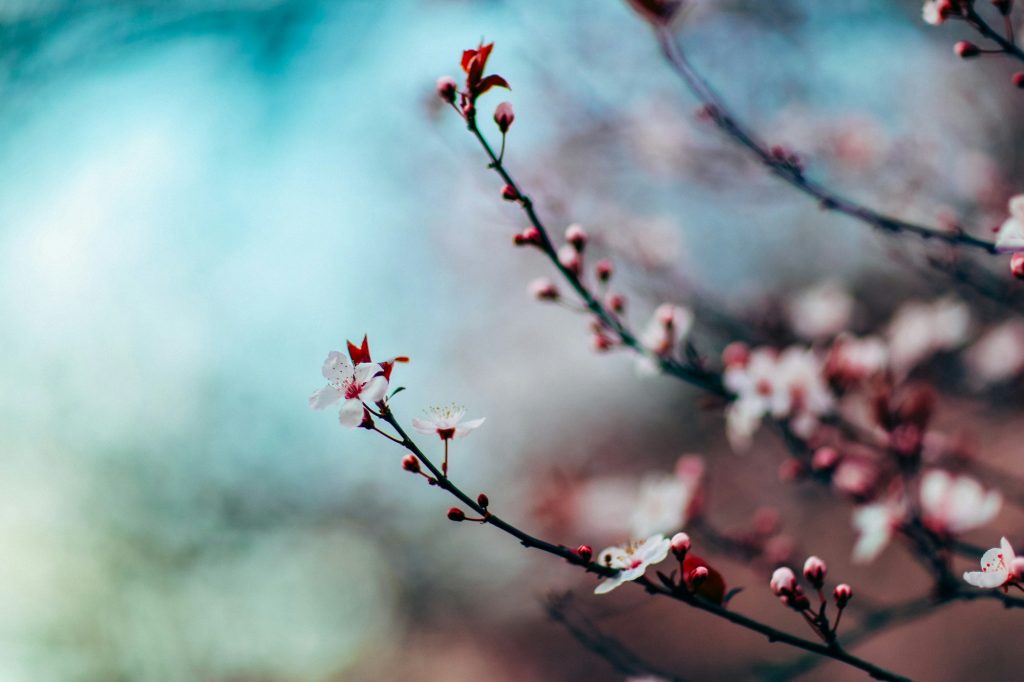
Photo by Nitish Meena on Unsplash
Herbaceous perennials are plants that come back year after year but die back to the ground each winter. Their above-ground parts are herbaceous, meaning not woody. Each growing season, they will go through the cycle of an annual, but each winter they will have energy stored in the roots.
Woody perennials include shrubs and trees. In quick succession in the spring, they will put their energy into their sap, then buds, then—depending on which emerges first in the given species—the flowers and leaves. The timing of the next steps depends on the species, but after flowers come fruits/nuts/seeds, and finally the energy goes back underground for the winter into the roots.
Edible Plant Parts
With a knowledge of these plant cycles, it is much easier to know what to start looking for in each season. Here’s the breakdown of the structures you want to be looking for at any time of year. I’m going to give several examples of specific plants for you to start looking into. Of course, do your own research on them before trying them!
Winter
Winter is the time for tubers and other roots, inner bark, and sap (in late winter). See this previous article for some more detail on winter foraging.
Roots
Roots are usually harvested from biennials but perhaps also from herbaceous perennials. Woody species’ roots are generally only good for medicine. The garden examples would be carrots, beets, and sweet potatoes. It is literally a root swollen with starches that the plant is storing to start the next year strong. Lots of calories can be found here.
Tubers
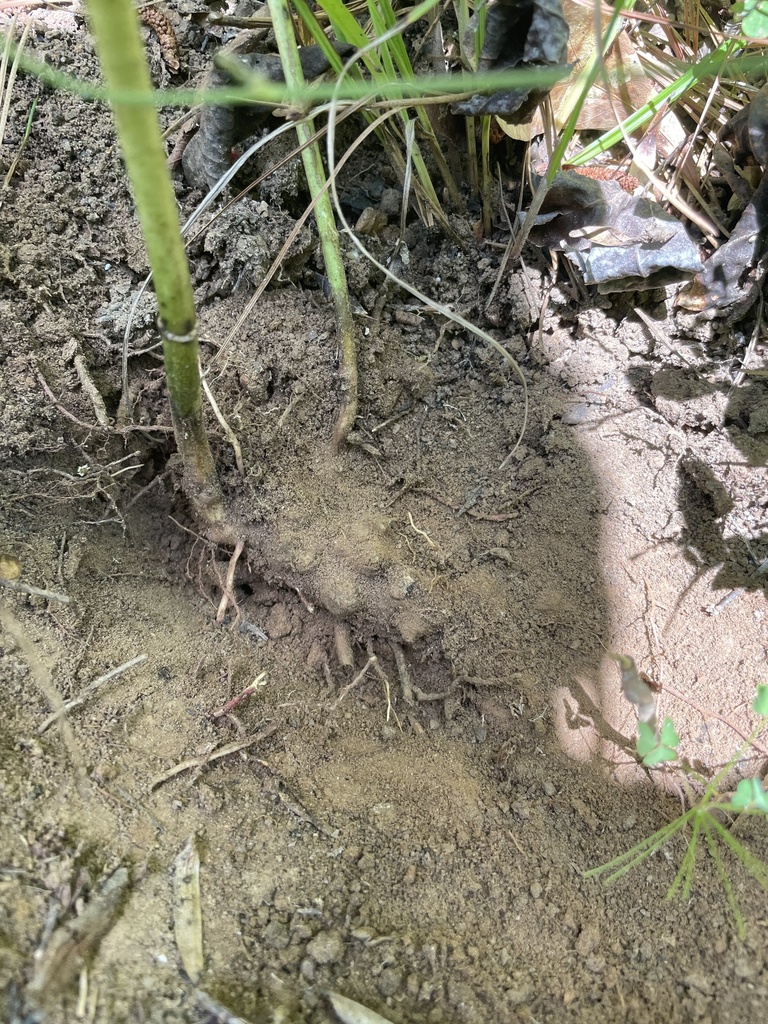
In the garden, this includes potatoes. Similar concept to roots, but technically a tuber arises from a stem. Not a big distinction when you go digging, but tubers tend to be much rounder in shape and will always have some amount of starch while not all roots will. They tend to not be stuck as firmly in the ground as a root might, but on the flip side you’ll have to go hunting for them around the base of a dead plant instead of just pulling a root up from one point.
The most famous example for tubers is Jerusalem artichoke, but there are lots of interesting plants here like duck potato, spring beauty, and nutsedges.
Rhizomes
Rhizomes are a different modification of a stem, and do look more like horizontal stems just below the surface. They store energy in the same way as roots and tubers, though.
An interesting example for urban situations is canna lillies. They are often planted ornamentally in cities. They are native to Costa Rica and are perennials there, but they can grow far north of their native range. However, if the winters get too cold, the rhizomes will die before spring, rendering them annuals in effect. Even then, they still have stored starches in the rhizomes, so if you get to it before a really cold snap (before the rhizomes begin to rot), you will have a food source.
Boiled canna lily rhizomes taste just like boiled peanuts (to me) but tend to have tough, fibrous “strings” in them. These you can remove or pulverize if you mash it well.
Inner bark
The only truly live part of a tree is its leaves and inner bark. The wood itself and the bark on the outside are deceased cells leaving behind dead, strong tissue. All shuttling of water upwards and sugars downwards happens through the thin layer of inner bark (the part that you strip when you girdle a tree), which can potentially be food.
You can break down the inner bark further into its two layers. The outside is the phloem, the inside is the cambium. Depending on the species, you can experiment with separating these for palatability.
Anything woody will have live inner bark, but on anything less than a thick branch it won’t be worth it except for medicinal purposes. Not all trees may be edible, and some may require processing to remove toxins or just to have a better texture, but pine is one that is known for its bark.
Spring
Spring is the time for greens. Lots of leaves are most palatable when they are young and haven’t gotten tough or bitter yet. Additionally, this is the time when your body needs to get rid of all the wastes that have built up over the winter. Along with increased exercise, many of the plants growing abundantly at this time support this process, mainly by acting as diuretics and alteratives (blood cleansers).
Lots of leaves are quite straightforward to pick (think dandelion), but believe it or not, we can get into specifics about them too.
Shoots
Many plants freshly emerging in spring have not only leaves that are edible but the whole bundle of brand new leaves and stem from which they emerge, which will all be green and tender. (Later on, the stem may grow woody and be darker in color, while the leaves usually get darker, larger, and thicker.) All of these parts together would be referred to as a shoot.
An example of an edible shoot is that of rose bushes. While still young and tender, the shoots don’t have hard thorns and it is edible and full of vitamin C.
In more technical terms, any new growth, no matter where it is along the plant, is called meristematic tissue, growing from a meristem. All meristems are buds tucked along the stem except for the apical meristem, which is the highest, central growing tip of the plant—its “head.”
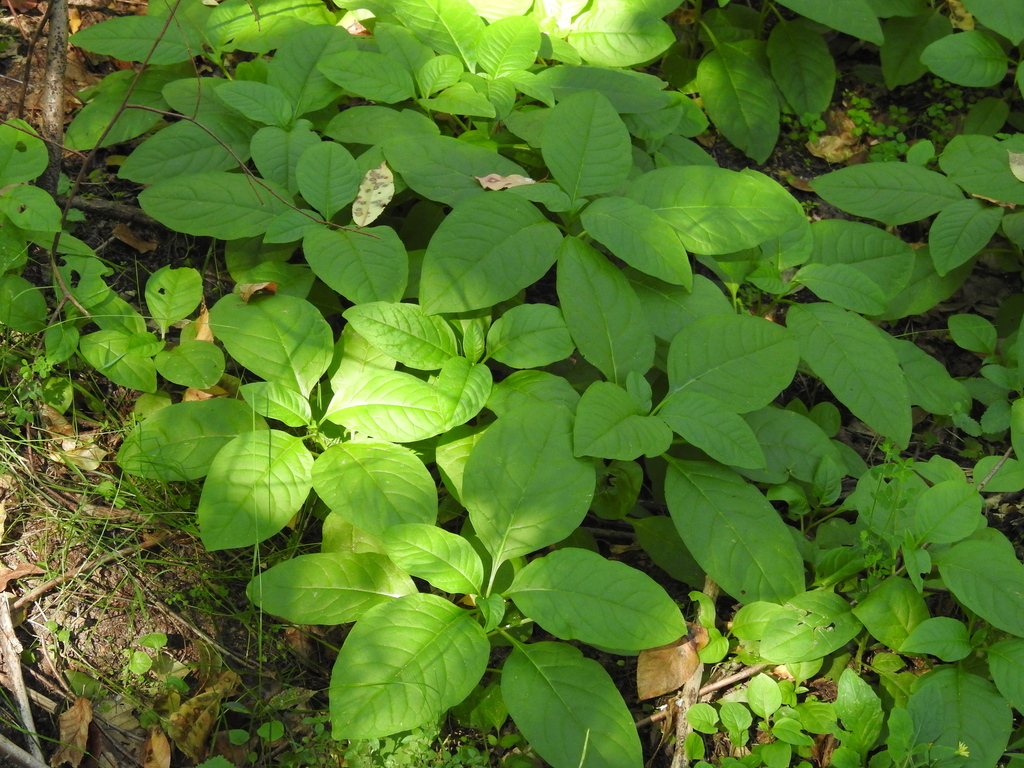 An example of a plant where knowledge of the meristems becomes important is pokeweed (Phytolacca americana). While the old leaves are toxic, the young shoots and meristematic tissue can be twice boiled (throwing off the water each time) and eaten like spinach with a bit of a pepper-y bite.
An example of a plant where knowledge of the meristems becomes important is pokeweed (Phytolacca americana). While the old leaves are toxic, the young shoots and meristematic tissue can be twice boiled (throwing off the water each time) and eaten like spinach with a bit of a pepper-y bite.
Node
Lots of instructions for harvesting (and planting) refer to the “node” or “internode” of a plant. It is easiest visualized on a bamboo stalk. The “joints” in the stalk are the nodes, and the space between would be the internode. Every plant has these, they just aren’t as visible. What defines a node is that only at the nodes can leaves, branches in the stem, buds and roots grow. Nothing happens in the internode but increasing the length of the stem.
Knowledge of the node is a huge help for planting. For instance, you often need to make sure you have at least 2-3 nodes below the ground when you plant a cutting so that you will have a few spots for roots to start growing.
Node placement helps with identification more than anything. If you can identify the node, with the bud tucked next to the leaf stalk, you can identify whether a plant has single or compound leaves (multiple leaflets making up one leaf).
Since nodes only exist on true stems, not the leaf’s stalk (a.k.a. petiole), the base of the whole leaf exists where the bud is. There will never be a bud at the base of a leaflet.
Summer
Fruits
Technically, anything arising from a flower and surrounding a seed is considered a fruit. This would include dry fruits like the “helicopters” that fall from maple trees.
Few dry fruits are edible, but there are lots of fun and delicious kinds of fruits to choose from in summer. At this time of year they are usually berries that have a lot of water content and are known to be “cooling” to the body in medicinal terms. Brambleberries are a great place to start learning foraging because they are easy to identify and invariably tasty.
Seeds
Edible seeds are generally not attended by a fruit. Instead of putting their sugars and energy into a fruit outside of the seed which attracts animals for seed dispersal, the energy and sugar gets stored in the seed itself, giving the seed plenty of resources to start growing strong as a seedling when it germinates.
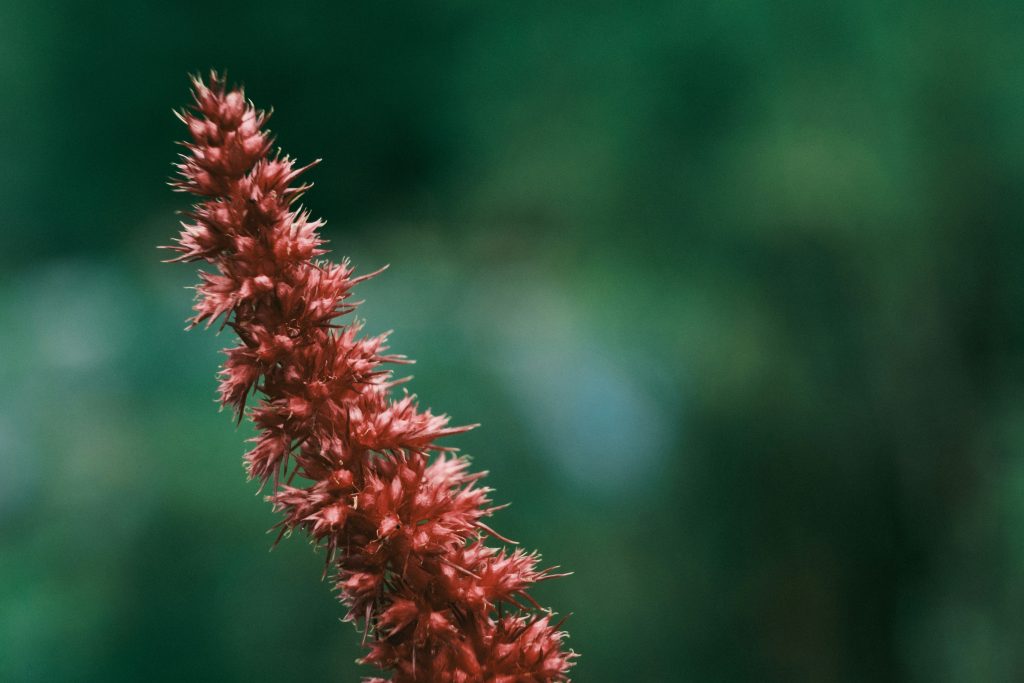 The seeds you will gather in the summer are mostly from annuals. (The overwintering plants have less of a deadline, so you’ll see their seeds in the fall.) Annual seeds are the grains which every culture the world over has tapped into for sustenance. Mainly, you are looking for wild versions of cultivated varieties like wild rice, wild oats, and amaranth. Since cultivation has focused on increasing the amount of seeds, the wild varieties will be underwhelming if you are accustomed to their domestic cousins, but they can still be an important foodsource.
The seeds you will gather in the summer are mostly from annuals. (The overwintering plants have less of a deadline, so you’ll see their seeds in the fall.) Annual seeds are the grains which every culture the world over has tapped into for sustenance. Mainly, you are looking for wild versions of cultivated varieties like wild rice, wild oats, and amaranth. Since cultivation has focused on increasing the amount of seeds, the wild varieties will be underwhelming if you are accustomed to their domestic cousins, but they can still be an important foodsource.
Grains are pretty easy to identify as they will always be in “heads” (albeit rather loose ones) if there is enough of them to substantiate a snack.
Most other attempts at eating seeds have historically been made in the interest of coffee substitutes. This is, for example, how Kentucky coffetree got its name. Many large seeds from trees that come from pods (a dry fruit) or edible fruits (like persimmon) have been ground, roasted and boiled at some point in the past, with varying success in replacing coffee beans.
Fall
Nuts
Nuts are seeds, technically, but they come from shrubs and trees have a lot of fat and protein, making them ultra nutritious, especially if you are short on calories. They are another good beginner foraging food because they can be gathered quite abundantly in many years and provide such a substantial food source. There are also very few nut trees compared to other edible plants, so they are relatively easy to learn.
While the nut is the seed, the seed casing is the hard shell you’ll have to crack to get into them, on top of which is sometimes a fruit, like the staining green outer layer on black walnuts.
Hickories, acorns, walnuts, and hazelnuts are the staples here.
Fruits
There will still be fruits in the fall, but they will be less cooling than summer fruits and more along the lines of squashes in the garden. Less watery and more building. After all, they are trying to attract animals that are fattening up for the winter.
Prime fall fruits include persimmon, autumn olive, and rosehips.
Roots
You may also be able to dip into roots at this time from the plants getting a head start on their winter preparation.
Incorporating this Strategy
As you begin learning to forage or learning this way to forage, take mental note of these plant parts around you and come back to them one by one to confirm identifications and learn how to prepare them.
Just building awareness of the cycles of the plants around you will have you instinctually knowing what to look for if ever you are faced with sourcing your food from the wild instead of the grocery store. And knowing the parts of a plant will help you to separate the edible parts from the inedible, increasing your efficiency and saving you from toxicity or bellyaches.
Stay curious and happy foraging!
=====
Become a Survival Dispatch Insider …
We bring together survival enthusiasts and preppers to share skills and knowledge, so you can enhance your preparedness for emergencies and ensure the safety of you and your community.
The Results You’ll Get …
Our community, courses, and memberships are pretty special. We focus on the ways it will make a huge difference in your life.
Here are a few of the things you’ll be able to do as a member of Survival Dispatch Insider …
1) Improve your emergency preparedness by learning survival skills and strategies from experienced preppers.
2) Build lasting connections with like-minded individuals that share your passion for safety and readiness.
3) Access a wealth of knowledge and resources to assist in protecting you and your community during unexpected situations.
Click HERE to get started.
=====

